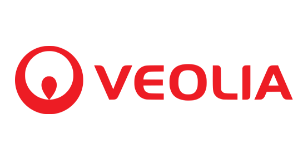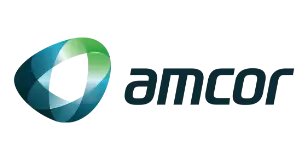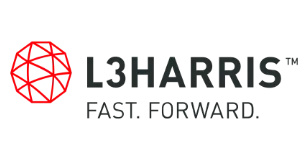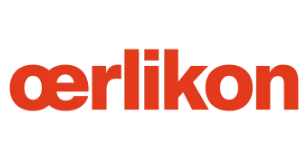
GCC Building & Construction Plastic Market Research Report: Forecast (2023-2028)
By Type (Expanded Polystyrene, Polyethylene, Polypropylene, Polyvinyl Chloride (PVC), Others (Polyurethane, Thermoplastics, etc)), By Application (Cladding Panels, Insulation Mater...ials, Worktops and Membranes, Windows and Doors, Others (Shuttering, Wall Linings, Floor Covering, etc.)), By End-User (Residential, Non-Residential), By Country (The UAE, Saudi Arabia, Qatar, Oman, Bahrain, Kuwait), By Company (BASF SE, Qatar Plastic Products Company (QPPC), Saudi Arabia Basic Industries Corporation, ExxonMobil Chemicals, The Dow Chemical Company, LyondellBasell Industries (Lyondell Chemical CO.), Ineos Group AG, Arkema S.A., Harwal Group, Al Barshaa Plastic Product Company LLC, Others) Read more
- Buildings, Construction, Metals & Mining
- Feb 2023
- Pages 165
- Report Format: PDF, Excel, PPT
Market Definition
The building & construction plastic refers to the plastics used in building and construction applications. They are widely used in various applications in the construction industry, such as pipes and fittings, insulation materials, roofing, flooring, and wall coverings.
Market Insights & Analysis: GCC Building & Construction Plastic Market
The GCC Building & Construction Plastic Market is projected to grow at a CAGR of around 10.3% during the forecast period. i.e., 2023-28. The market for building and construction plastics in the GCC region is primarily driven by the growing construction industry, as the region has been experiencing significant infrastructure development in recent years. Furthermore, the growing need to replace or renovate weak structures, coupled with massive investments in the public & private sectors, raising the number of building & construction projects across the GCC region, accelerating the market growth
| Report Coverage | Details |
|---|---|
| Study Period | Historical Data: 2018-21 |
| Base Year: 2022 | |
| Forecast Period: 2023-28 | |
| CAGR (2023-2028) | 10.3% |
| Region Covered | The UAE, Saudi Arabia, Qatar, Oman, Bahrain, Kuwait |
| Key Companies Profiled | BASF SE, Qatar Plastic Products Company (QPPC), Saudi Arabia Basic Industries Corporation, ExxonMobil Chemicals, The Dow Chemical Company, LyondellBasell Industries (Lyondell Chemical CO.), Ineos Group AG, Arkema S.A., Harwal Group, Al Barshaa Plastic Product Company LLC, Others |
| Unit Denominations | USD Million/Billion |
Since plastics used in building & construction activities provide durability, strength, weather resistance, and overall weight reduction to structures, they are gaining popularity among architects & builders widely. The market for building and construction plastics in the GCC region is expected to grow at a steady pace in the coming years, driven by the increasing demand for lightweight, cost-effective, and durable building materials.
Market Dynamics
Significant Driver: Rising Construction Activities in the Region Has Boosted the Market Growth
The prime factors expected to drive the GCC Building & Construction Plastic Market include the rising demand for lightweight & low-cost construction plastic materials than other substitutes. In addition, minimal maintenance and utmost strength & durability shall further increase the popularity & adoption of plastics by multiple architects, builders, and designers. Besides, the growing demand for plastic for decorations, fire resistance, and cost-effectiveness shall further augment the market growth in the years to come.
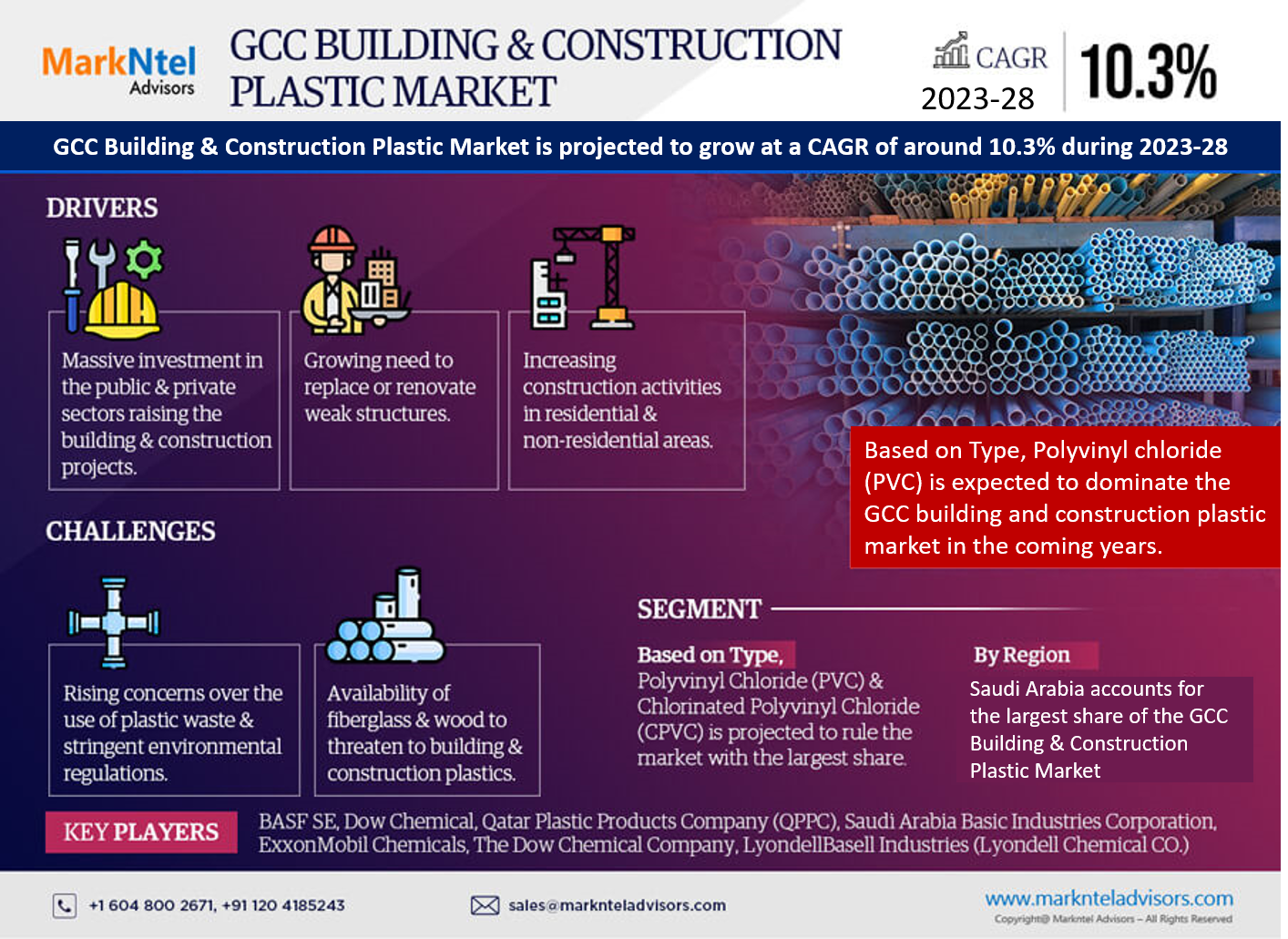
Challenge: Environmental Concerns Related to Plastic Would Create a Challenge for the Market
The factors that might restrain the market growth are the rising concerns over the use of plastic waste, coupled with stringent environmental regulations laid across GCC. Since plastics are a threat to both terrestrial & aquatic environments, the norms imposed by the governments of GCC countries to resist the use of plastic might hinder the market growth during the forecast period. Besides, the availability of substitutes like fiberglass and wood might also challenge the demand for plastics used in building & construction activities.
Market Segmentation
Based on Type:
- Expanded Polystyrene
- Polyethylene
- Polypropylene
- Polyvinyl Chloride (PVC)
- Others (Polyurethane, Thermoplastics, etc.,)
Based on Type, Polyvinyl chloride (PVC) is expected to dominate the GCC building and construction plastic market in the coming years. PVC is one of the most widely used plastics in the construction industry, owing to its properties such as durability, chemical resistance, and versatility in various applications. PVC is commonly used in applications such as pipes and fittings, windows and doors, roofing, flooring, and wall coverings. It is also known for its cost-effectiveness and ease of installation, which makes it a popular choice among contractors and builders. Moreover, the growth in the construction industry in the GCC region is expected to further drive the demand for PVC in the coming years. The rising population, urbanization, and increasing infrastructure development in the region are expected to increase the demand for building materials, including PVC, thus contributing in enhancing the GCC Building & Construction Plastic Market size.
Country Landscape
Geographically, the GCC Building & Construction Plastic Market expands across:
- Saudi Arabia
- The UAE
- Qatar
- Bahrain
- Kuwait
- Oman
Of them all, Saudi Arabia accounts for the largest share of the GCC Building & Construction Plastic Market. It principally owes to the massive investments by the country in its healthcare industry, which propels the demand for top-notch infrastructure, hospital bed capacity, and long-term care centres, thereby proposing several construction projects. Hence, it directly impacts the GCC Building and Construction Plastic Market, owing to the increasing demand for cost-effective, durable, and low-maintenance plastics.
In addition, privatization of hospitals and growing expenditure in healthcare shall also drive the demand for several engineering plastics and lead the country to rule the market with the largest share in the forecast period. Moreover, the burgeoning focus on the tourism sector is leading to significant investments by the country toward constructing hotels, recreational facilities, and other public infrastructure to cater to the tourists. Furthermore, the launch of initiatives like Saudi Arabia Vision 30 shall also surge building & construction activities, thereby fuelling the demand for plastics within the country.
Frequently Asked Questions
- Market Segmentation
- Introduction
- Product Definition
- Research Process
- Assumptions
- Executive Summary
- GCC Building and Construction Plastic Market Trends & Insights
- GCC Building and Construction Plastic Market Dynamics
- Growth Drivers
- Challenges
- GCC Building and Construction Plastic Market Hotspot & Opportunities
- GCC Building and Construction Plastic Market Policies & Regulations
- GCC Building and Construction Plastic Market Analysis, 2018-2028F
- Market Size & Analysis
- By Revenues (USD Million)
- Market Share & Analysis
- By Type
- Expanded Polystyrene
- Polyethylene
- Polypropylene
- Polyvinyl Chloride (PVC)
- Others (Polyurethane, Thermoplastics, etc.,)
- By Application
- Cladding Panels
- Insulation Materials
- Worktops and Membranes
- Windows and Doors
- Others (Shuttering, Wall Linings, Floor Covering, etc.)
- By End-User
- Residential
- Non-Residential
- By Country
- The UAE
- Saudi Arabia
- Qatar
- Oman
- Bahrain
- Kuwait
- By Company
- Competition Characteristics
- Revenue Shares & Analysis
- By Type
- Market Size & Analysis
- The UAE Building and Construction Plastic Market Outlook, 2018-2028F
- Market Size & Analysis
- By Revenues (USD Million)
- Market Share & Analysis
- By Application
- By End Users
- Market Size & Analysis
- Saudi Arabia Building and Construction Plastic Market Outlook, 2018-2028F
- Market Size & Analysis
- By Revenues (USD Million)
- Market Share & Analysis
- By Application
- By End Users
- Market Size & Analysis
- Qatar Building and Construction Plastic Market Outlook, 2018-2028F
- Market Size & Analysis
- By Revenues (USD Million)
- Market Share & Analysis
- By Application
- By End Users
- Market Size & Analysis
- Oman Building and Construction Plastic Market Outlook, 2018-2028F
- Market Size & Analysis
- By Revenues (USD Million)
- Market Share & Analysis
- By Application
- By End Users
- Market Size & Analysis
- Bahrain Building and Construction Plastic Market Outlook, 2018-2028F
- Market Size & Analysis
- By Revenues (USD Million)
- Market Share & Analysis
- By Application
- By End Users
- Market Size & Analysis
- Kuwait Building and Construction Plastic Market Outlook, 2018-2028F
- Market Size & Analysis
- By Revenues (USD Million)
- Market Share & Analysis
- By Application
- By End Users
- Market Size & Analysis
- GCC Building and Construction Plastic Market Key Strategic Imperatives for Success & Growth
- Competition Outlook
- Competition Matrix
- Product Portfolio
- Target Markets
- Target End Users
- Manufacturing Units
- Research & Development
- Strategic Alliances
- Strategic Initiatives
- Company Profiles (Business Description, Product Offering, Business Segments, Financials, Strategic Alliances or Partnerships, Future Plans)
- BASF SE
- Qatar Plastic Products Company (QPPC)
- Saudi Arabia Basic Industries Corporation
- ExxonMobil Chemicals
- The Dow Chemical Company
- LyondellBasell Industries (Lyondell Chemical CO.)
- Ineos Group AG
- Arkema S.A.
- Harwal Group
- Al Barshaa Plastic Product Company LLC
- Others
- Competition Matrix
- Disclaimer
MarkNtel Advisors follows a robust and iterative research methodology designed to ensure maximum accuracy and minimize deviation in market estimates and forecasts. Our approach combines both bottom-up and top-down techniques to effectively segment and quantify various aspects of the market. A consistent feature across all our research reports is data triangulation, which examines the market from three distinct perspectives to validate findings. Key components of our research process include:
1. Scope & Research Design At the outset, MarkNtel Advisors define the research objectives and formulate pertinent questions. This phase involves determining the type of research—qualitative or quantitative—and designing a methodology that outlines data collection methods, target demographics, and analytical tools. They also establish timelines and budgets to ensure the research aligns with client goals.
2. Sample Selection and Data Collection In this stage, the firm identifies the target audience and determines the appropriate sample size to ensure representativeness. They employ various sampling methods, such as random or stratified sampling, based on the research objectives. Data collection is carried out using tools like surveys, interviews, and observations, ensuring the gathered data is reliable and relevant.
3. Data Analysis and Validation Once data is collected, MarkNtel Advisors undertake a rigorous analysis process. This includes cleaning the data to remove inconsistencies, employing statistical software for quantitative analysis, and thematic analysis for qualitative data. Validation steps are taken to ensure the accuracy and reliability of the findings, minimizing biases and errors.
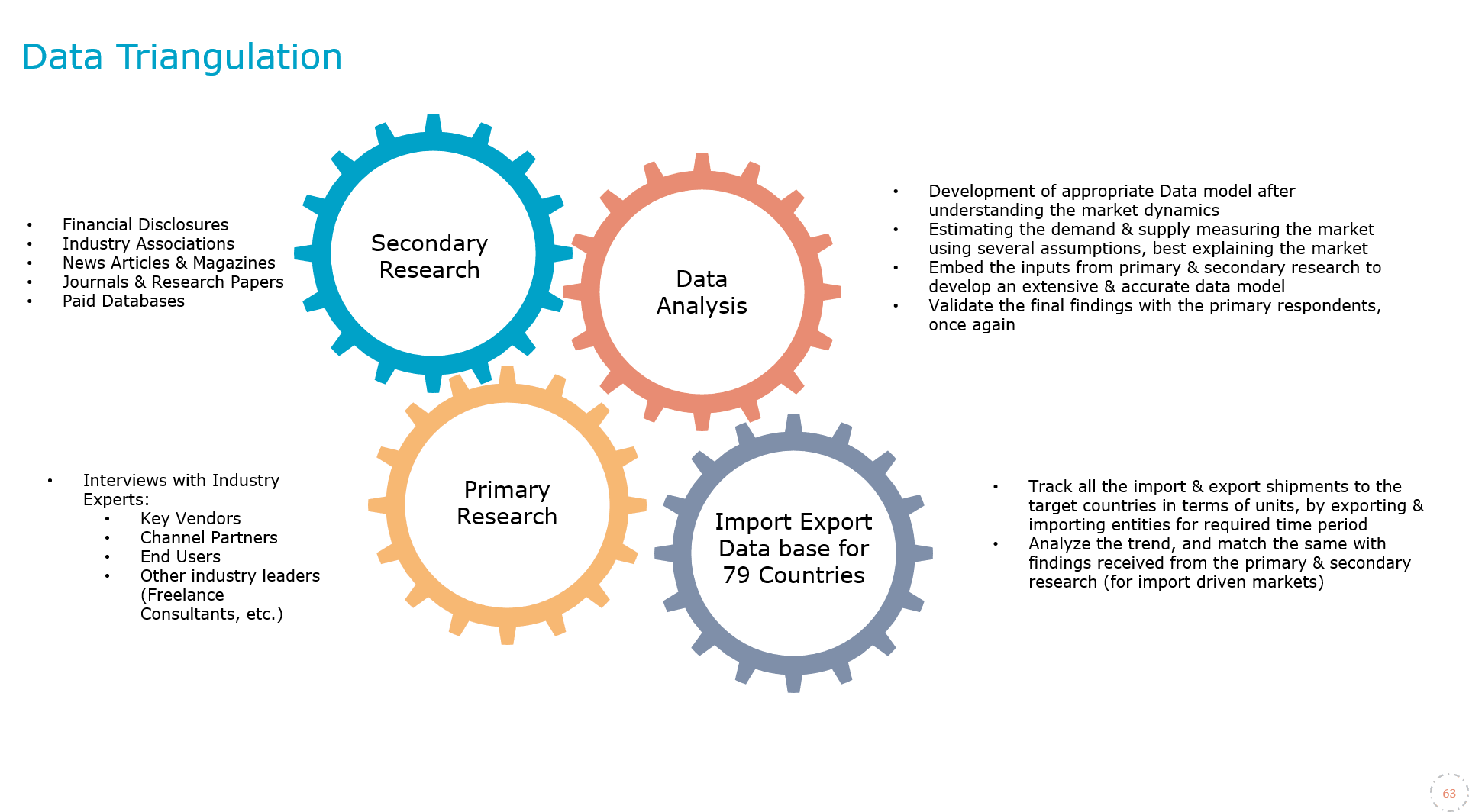
4. Data Forecast and FinalizationThe final phase involves forecasting future market trends based on the analyzed data. MarkNtel Advisors utilize predictive modeling and time series analysis to anticipate market behaviors. The insights are then compiled into comprehensive reports, featuring visual aids like charts and graphs, and include strategic recommendations to inform client decision-making

